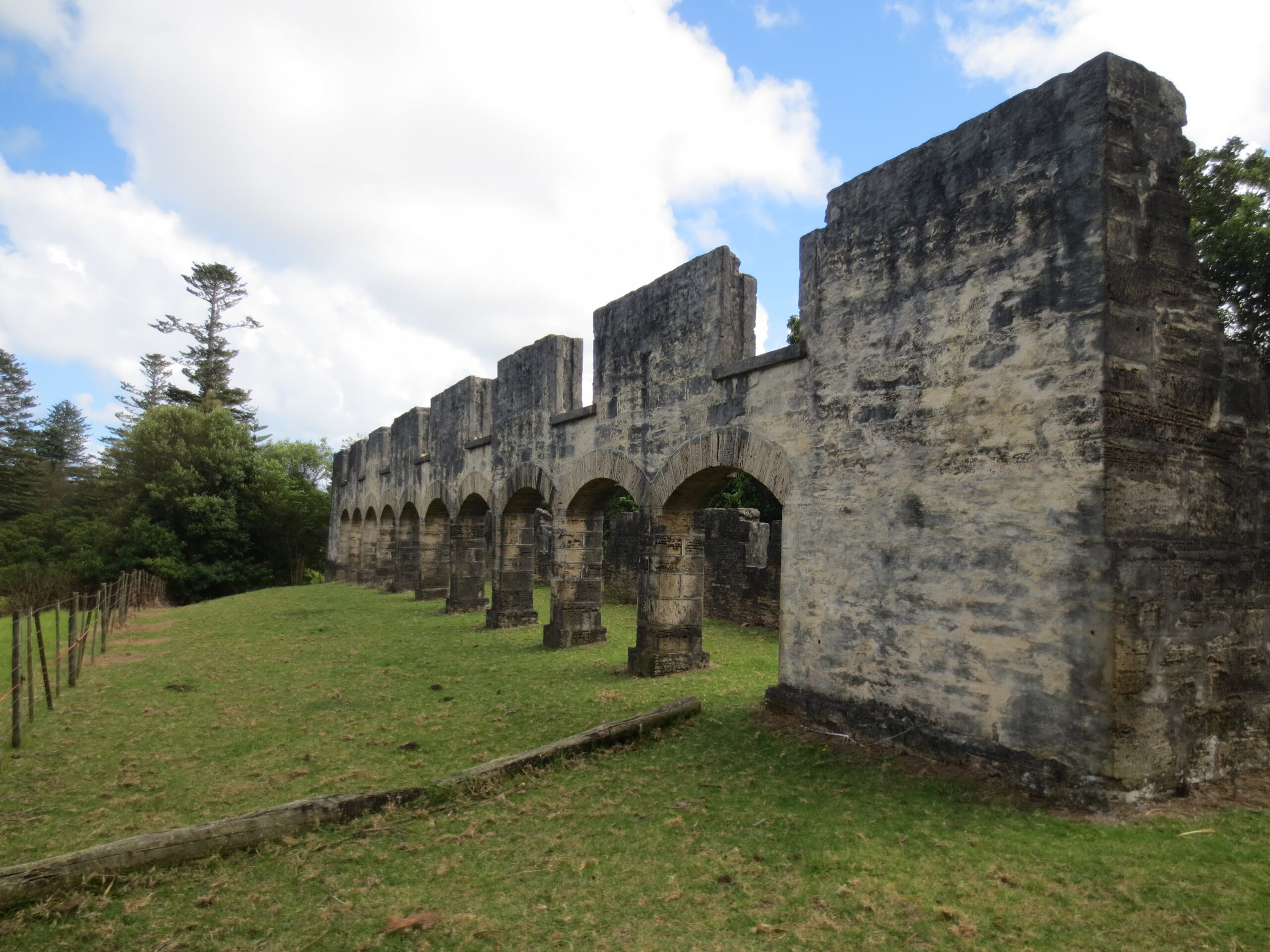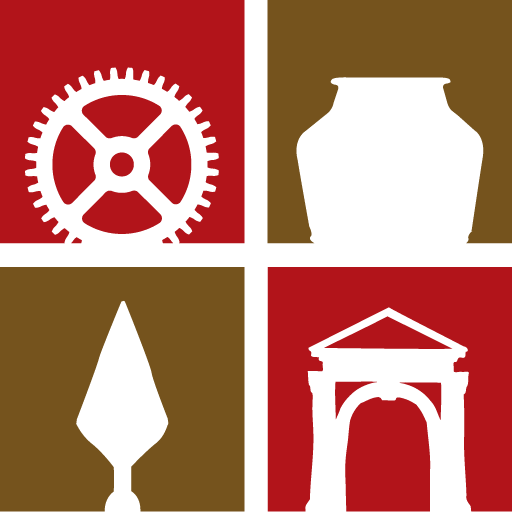
Are you looking for past ASHA presentations?
You can find ASHA on YouTube @ASHA-Archaeology.
ASHA online lecture series
Landscapes of Production and Punishment – the archaeology of convict industry
6pm AEDT, Wednesday 16 March 2022
Professor Martin Gibbs (speaking), Dr Richard Tuffin and Caitlin d’Glyuas, all affiliated with the University of New England
Although the convict system has been a staple of Australian historical archaeological research, Kerr’s Design for Convicts remains the only attempt at a synthesis, albeit limited to the evolution of institutional sites for accommodation and punishment. However, as archaeologists continue to undertake surveys and excavations of convict work places and production sites (from quarries to culverts to buildings and landscapes), the question remains as to how we can incorporate these as part of our wider analysis and understanding of convict labour. Similarly, if we are to reconnect with the wider concerns of historians and sociologists, how do we link our archaeologies to multi-scalar issues where we have everything from the ‘big data’ showing en-masse where and how thousands of men, women and children were deployed in a vast range of situations across the colonies, versus accommodating personal life courses and individual experiences. This seminar presents an overview of the structure of the Landscapes of Production and Punishment project and a sample of the different projects being undertaken under its banner.
Conflicted histories: Historical archaeological research into the Queensland Native Mounted Police
Wednesday 23 November 2022
Professor Heather Burke, Flinders University The Queensland Native Mounted Police (QLD NMP) were the longest lasting force of their kind in Australia, but their operations as the colonial government‘s principal frontier agency were little known until about 40 years ago when historians began to shed light on their structure and activities. The four-year long ARC project set out to extend historical knowledge by documenting the physical remains of NMP camps across the state. The team identified 190 potential camps, visited and recorded 34 of them and excavated 8, and spoke widely with Aboriginal and non-Aboriginal Queenslanders on their stories, knowledge and beliefs about the NMP and frontier conflict. The archaeology of the QLD NMP project did not deal with the traditional archaeology of “war”, but revealed many complex and entangled meanings attached to these places and their objects, and how they are remembered or forgotten today.
The Genesis of Gunfighter Pā in Northern New Zealand
Wednesday 29 March 2023
Dr James Robinson, Heritage New Zealand Pouhere Taonga
Following the Ngapuhi Rangatira (chief) Hongi Hika’s return from England to his home in Northland with 200 muskets in 1820, the process of learning how to use muskets as an effective means of offensive fighting began, and this is well documented in the 1820s during the period of inter-tribal fighting known as the “Musket Wars”. However, the first clear historic evidence of Māori defensive gunfighter pa appears over 20 years later Northern Wars battlefields of 1845-1846 when the specialist flatland pa of Ohaeawai and Ruapekapeka was encountered by the British. British officers at the time commented on the integrated range of defences they encountered that included encircling gun fighter pits providing enfilading fire, underground bunkers and tunnels and multiple palisade defences to protect against British muskets, cannon, and explosive mortar and howitzer artillery. While it has long been thought that the complex design of these two historic pas, that appear to arrive fully formed in the archaeological record, was a response to the British Military technology used in the ‘Northern Wars’. It is instead argued here that gunfighter pa were present from the 1820s onwards and were the genesis of these complex pa built to fight the British Imperial forces in 1845-6. This talk then explores how these gunfighter pa evolved, and why they are so hard to see archaeologically.
Archaeology of Convict Settlements in New Caledonia
6pm AEDT, Wednesday 16 March 2022
23 May 2023
Christophe Sand, Senior archaeologist of the New Caledonia Government; Research position at the French Research Institute for Development (IRD‐Noumea)
New Caledonia in Southern Melanesia has been a Convict Colony from 1864 until 1931. After a long period of disinterest for this historical sequence, a number of research projects have started on different aspects of this Pacific Convictism. Christophe has led a long‐term archaeological program on the topic over the past few decades, with the scope to highlight the potential contribution of archaeology to attain a better understanding of the complexity of the Convict Era in New Caledonia. The seminar will introduce the historical context and summarise the main studies undertaken, including the Central Depot of Ile Nou, on the penitentiary of Teremba or on convict buildings of Isle of Pines. The presentation will also discuss the types of material remains that have been unearthed, highlighting the massive import of French goods to New Caledonia during the second half of the 19th century.
Women and their houses in Victorian New Zealand – Christchurch Archaeology Project
26 July 2023
Dr Katharine Watson, Christchurch Archaeology Project
Analysis of women and houses in the Victorian world has typically focused on the gendered use of space within the house, drawing on advice manuals and often using the separate spheres model as an analytical lens (see, for example, the work of Jane Hamlett and Andrea Kaston Tange). There has been far less consideration of the relationship between women and the house as a whole, or the larger questions of what role a house might have played in women’s lives, and how women might have used their house for their own ends. This paper draws on my doctoral research and uses the techniques of buildings archaeology to explore the relationship between three women and their houses in Victorian Christchurch. In so doing, it reveals the house to have been far more than simply a space of domestic work and/or Victorian display for these women, but to have also been a source of power, income and independence.
Life & Death on the Goldfields – the Southern Cemeteries Archaeology Project
16 August 2023
Peter Petchey (presenting) and Hallie Buckley
Since 2016 the Southern Cemeteries Archaeology Project has studied a number of historic-period cemeteries in Otago New Zealand. It is a joint archaeological/ bioarchaeological project, which has been studying the remains of early European and Chinese settlers in rural Otago and the Otago goldfields, with a particular focus on the health, wellbeing, and experiences of the individuals who lived and died in colonial Otago. Four cemeteries have been investigated: St John’s Cemetery, Milton (that served a largely rural community); the Ardrossan Street (old) and Gabriel Street (new) cemeteries in Lawrence (that served a goldfields community); and the Drybread Cemetery in Central Otago (another goldfields community).
This talk presents some of the results of the investigations in to the lives of these people, as well as the archaeological landscapes that they lived, worked and died in. The project has been funded by a grant from the Marsden Fund of the Royal Society of New Zealand and the Anatomy Department of Otago University.
ASHA 2021 Conference: Soundbytes
In the lead up to the 2021 conference, Amber Patterson-Ooi produced the following soundbytes which will tantalise your earbuds, and have you wishing you had attended the 2021 conference. You can find contact details for all of our presenters in the full conference program which is available to download at on the conference webpage.

